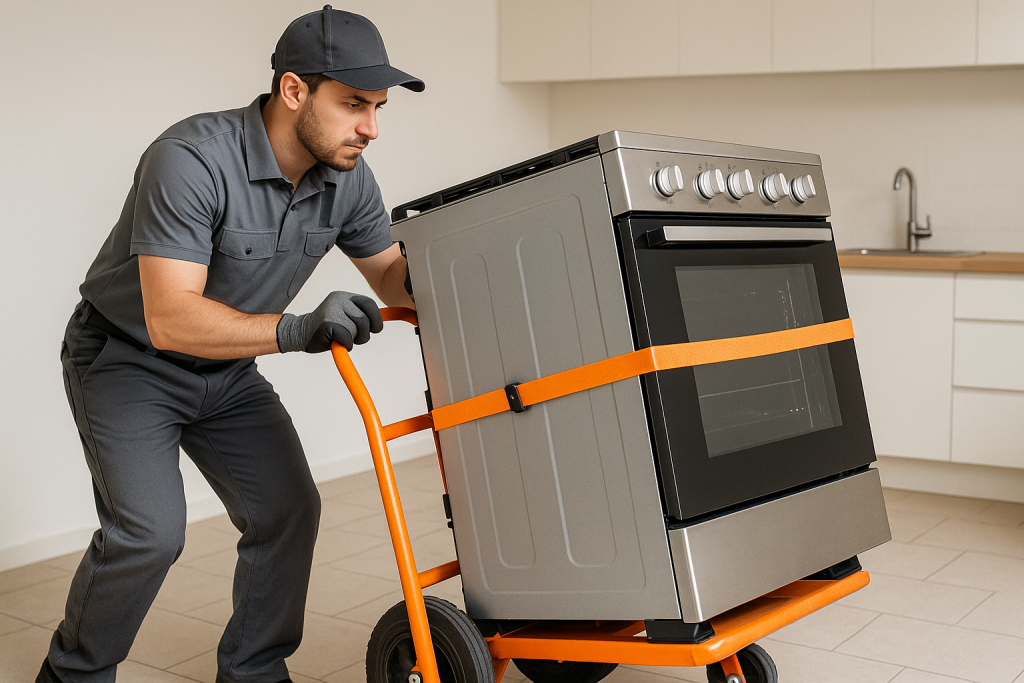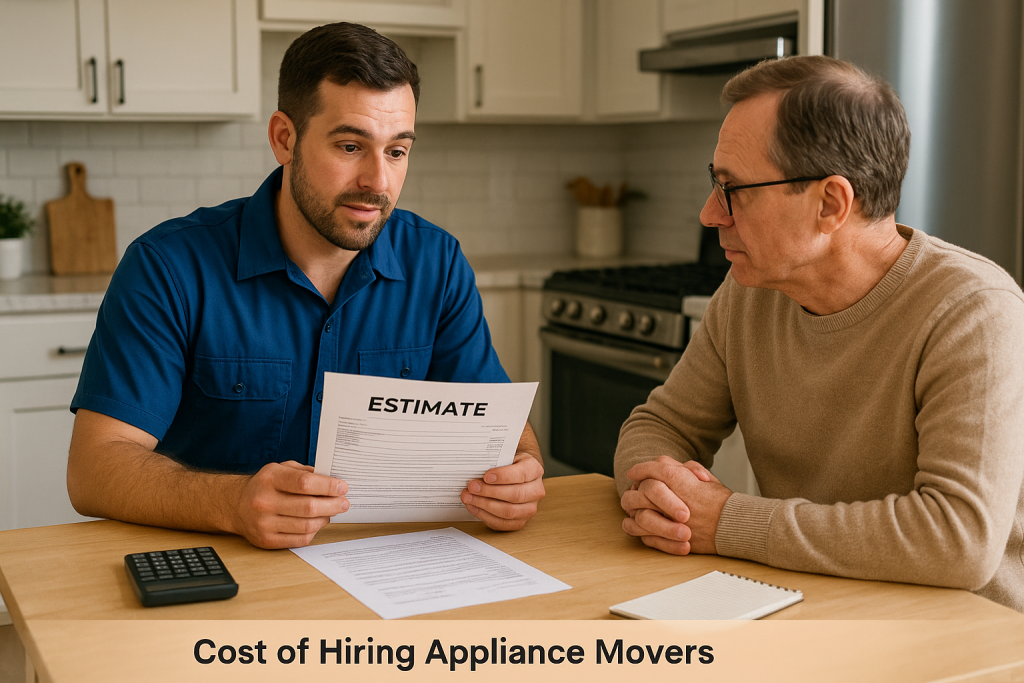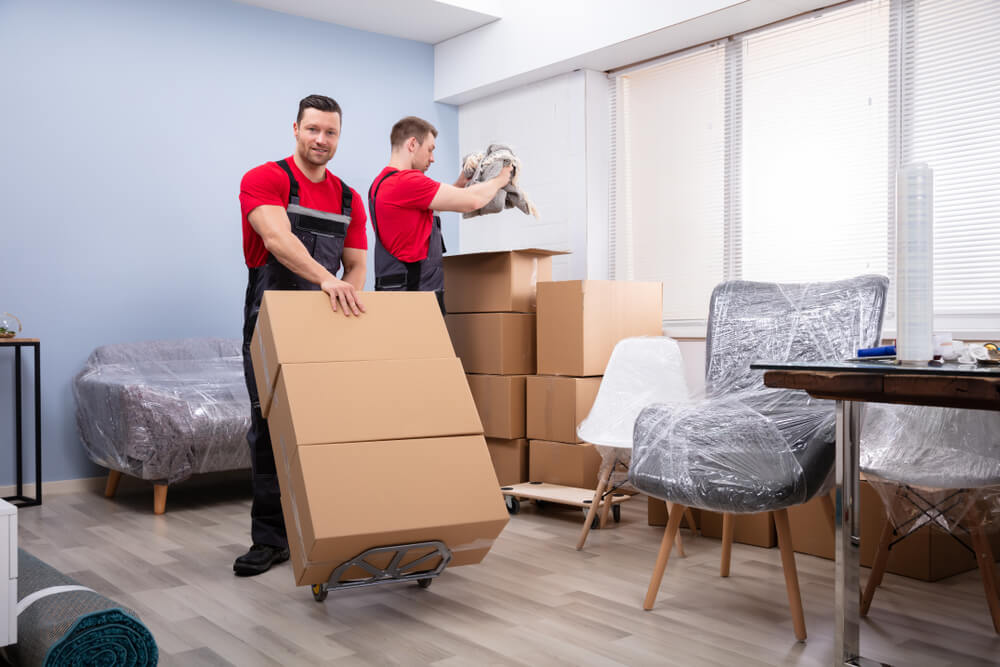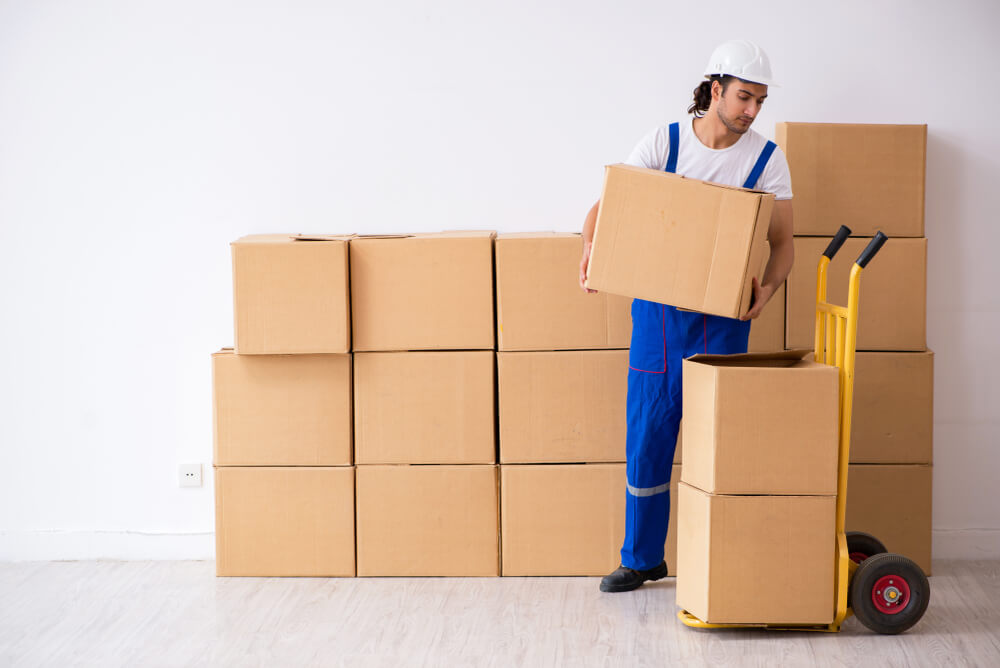Moving large appliances such as refrigerators, washers, dryers, and stoves can be a challenging task, especially when you’re not sure where to start. While it’s tempting to handle the move yourself, the best way to ensure your appliances are transported safely and efficiently is by hiring professional appliance movers. This guide offers expert tips for moving your appliances with ease and avoiding unnecessary stress during your relocation.
Why Appliance Movers Are a Must for Your Move
When it comes to moving heavy and bulky appliances, it’s always a good idea to hire professional help. Here’s why appliance movers are crucial for a successful move:
- Prevent Injury and Damage
- Moving heavy appliances requires proper lifting techniques and equipment to avoid personal injury. Heavy appliance movers near me are trained to handle such tasks safely, reducing the risk of harm to you, your family, and your property.
- Specialized Equipment for Safe Transport
- Professional appliance moving services come equipped with the right tools for the job. From dollies and moving straps to ramps and protective padding, these tools ensure your appliances are moved securely and without damage.

- Efficiency and Speed
- Appliance movers know how to streamline the moving process, allowing them to get the job done in less time. Their experience will enable them to safely and quickly load, transport, and unload your appliances, saving you time and effort.
- Protection for Your Appliances
- Many professional appliance moving companies offer insurance coverage, so in case something goes wrong, your appliances are protected during the move.
The Steps to Moving Appliances with Experts
Hiring professional movers makes the entire process smoother. Here’s a look at the typical steps involved when moving appliances with professionals:
- Initial Assessment
- The moving company will assess your appliances to determine the best approach for the move. They’ll evaluate the size, weight, and type of appliances, as well as any potential challenges with access to your home or destination.
- Packing and Preparation
- Once the plan is in place, the movers will pack your appliances with care. They will use protective materials like moving blankets, shrink wrap, and padding to avoid scratches or dents during transit.
- Loading and Transporting
- The movers will load the appliances onto the truck using dollies and straps. They will ensure that everything is securely placed to prevent any movement during the journey.
- Unloading and Placement
- Upon arrival at your new location, the movers will unload the appliances and carefully place them in their designated spots. They may also assist with connecting the appliances to water lines or electricity, depending on the service you select.
Types of Appliance Movers You May Need
Depending on the type of appliances you’re moving, you may need different kinds of movers. Here’s a breakdown of the services available:
- Heavy Appliance Movers
- Large appliances like refrigerators, washers, and dryers require special handling. Hiring heavy appliance movers near me ensures these items are moved safely without causing harm to your home or the appliances.
- Kitchen Appliances Movers
- Smaller appliances, like dishwashers, microwaves, and ovens, also require careful attention. Kitchen appliance movers specialize in moving these delicate and compact appliances to avoid any damage.
- Commercial Appliance Movers
- If you’re relocating a business and need to move commercial equipment, commercial appliance movers are the experts. They handle large kitchen appliances, industrial refrigerators, and other commercial-grade equipment.
How to Choose the Right Appliance Movers
Selecting the right appliance moving company can make all the difference in ensuring a smooth and stress-free move. Here are some tips on choosing the best movers for your appliances:
- Check Their Experience
- Ensure the company has experience in relocating the type of appliances you own. Whether it’s heavy appliance movers near me or kitchen appliance movers, experience ensures they have the skills and knowledge to handle your items properly.
- Research Customer Reviews
- Take the time to read online reviews and customer feedback. Look for movers with positive reviews highlighting their professionalism, careful handling of appliances, and timely service.
- Get Multiple Quotes
- Don’t settle for the first moving company you find. Request quotes from several appliance moving services and compare their prices. Make sure the estimate includes all fees.
- Ensure They Have Insurance
- Accidents can happen during the move. Choose a moving company that offers insurance to protect your appliances. This way, you’ll have peace of mind knowing your items are covered in case of damage.
FAQs
Q: How much do appliance movers cost?
A: The cost of hiring appliance movers depends on the number of appliances, the distance of the move, and any additional services. Typically, local moves cost between $150 and $500.
Q: Can I move appliances myself?
A: Moving appliances on your own is not recommended, especially for large or heavy items. Without the proper tools and techniques, you risk injury or damage to your property. Hiring appliance movers ensures safety and efficiency.
Q: Are there any appliances that can’t be moved?
A: While most appliances can be moved, certain items like hazardous materials or propane tanks may not be transported by movers. Always check with the moving company beforehand.
Q: How far in advance should I book appliance movers?
A: It’s recommended to book your appliance moving service at least two weeks in advance, especially during busy seasons. This will give you ample time to schedule your move and ensure availability.

Moving heavy appliances doesn’t have to be stressful. By hiring professional appliance movers, you can ensure that your appliances are safely and efficiently transported to your new home. Whether you need to move kitchen appliances, large heavy appliances, or commercial-grade equipment, expert movers have the tools and experience to make your relocation easy. Book your appliance moving service today for a hassle-free experience!
Buzzmoving makes your move hassle-free by connecting you with trusted movers nationwide. Request a free quote today and leave the rest to our experts!






